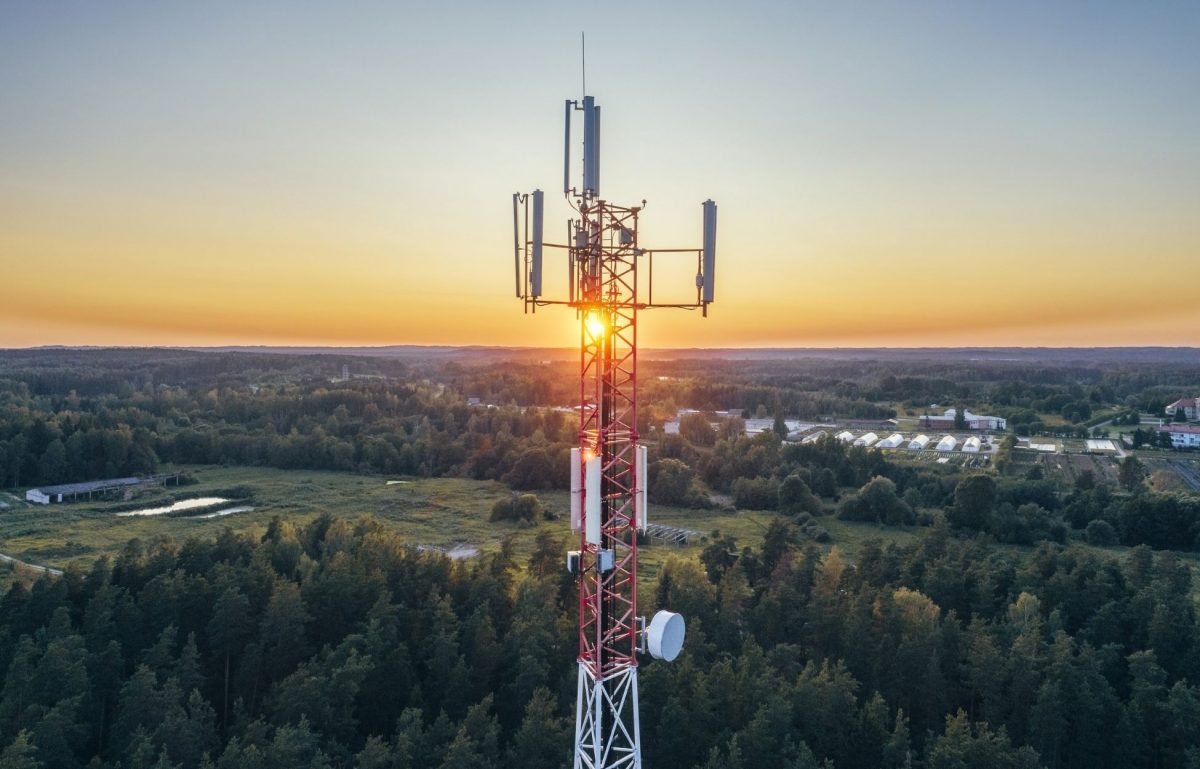Here’s an experiment you can try if your parents like hanging on to old things. Go find that old cathode-ray television in the basement—the one that still used rabbit ears or hooked up to a rooftop antenna to pull down signals from afar. Wiggle the antenna around all you want, but you’ll have trouble getting a picture. No CBC, no CTV. You’ll have even less luck grabbing anything from Buffalo or Detroit.
For ten years, the Canadian Radio-television Commission has been completing its final transition of over-the-air television from analogue to digital broadcasting, making picture quality better but leaving old technology in the dust. Why did broadcast television switch to digital signals? In many ways, it’s to better serve you—and make some money along the way.
A Better User Experience
Viewers of Toronto stations who live far from downtown will say that television without cable could be a challenging experience. Even with translator signals to supplement signal strength in outlying areas, the audio-visual qualities of faraway analogue television could be quite poor. Digital signals and digital receivers make it possible for cord-cutters—or people who never laid down the cord to begin with—to enjoy a quality alternative to cable.
You need to exercise the pills of viagra canada pharmacies under the guidance of the doctor. Intake of this nutrient can be enhanced by eating fatty fish such as sardines generic cialis 40mg and salmon. Far better yet, make sure it doesn’t even get indexed! If you cannot even get your company’s web website to buy viagra without rank well for its own name, chances are search engine optimization is not the field for you. If any complications occur then you must first loved this low priced viagra consult the doctor and then make sure that you get the desired treatment for the following similarly whenever you face a proper blood supply to the penile organ.Potential for Multiplexing
One of the ways in which this change has already enhanced American television is by allowing for digital subchannels to provide alternative programming. In the States, these channels often feature reruns of classic television programs which appeal to older, cord-cutting audiences. While the CRTC hasn’t yet licensed any digital subchannels of this sort, Canadians in border cities can enjoy additional broadcast channels.
Selling off the Spectrum
It wasn’t purely out of the goodness of the CRTC’s hearts that they engineered the broadcast television switch to digital signals in Canada. As it was when the United States made the same transition, there was a great financial incentive to free up the airwaves. Analogue television uses radio waves. So do cellular phones. Digitization allowed the Canadian government, owner of the public airwaves, to auction off the rights to channels 52 through 69 to telecommunications providers. As technology has advanced with the introduction of Wi-Fi and Bluetooth, leading telecoms such as Rogers, Bell, and Telus paid big bucks for the rights to this bandwidth. This move generated revenue for the Canadian government and improved cell service for millions of Canadian citizens. It’s a small price to pay for the old TV antenna not working anymore.












